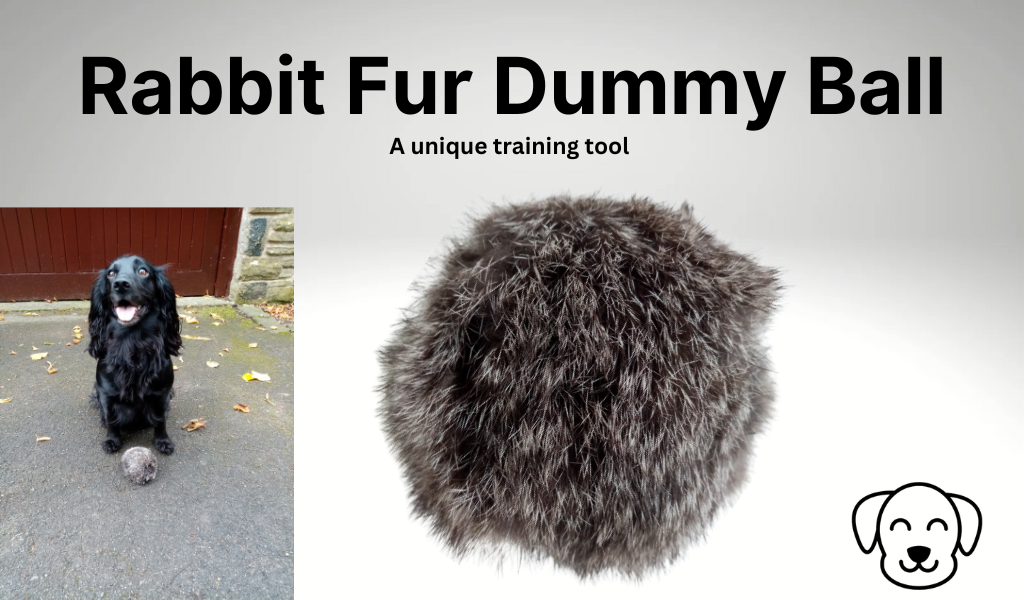
The Rabbit Fur Training Dummy Ball From Goygar
Discover how our Rabbit Fur Dummy Ball can enhance and improve your gundog training.
Get Great Deals On Gundog Gear at www.goygar.com

Discover how our Rabbit Fur Dummy Ball can enhance and improve your gundog training.

Discover the ultimate guide for training your new Cocker Spaniel puppy! Essential tips and tricks for teaching your pup everything they need to know.
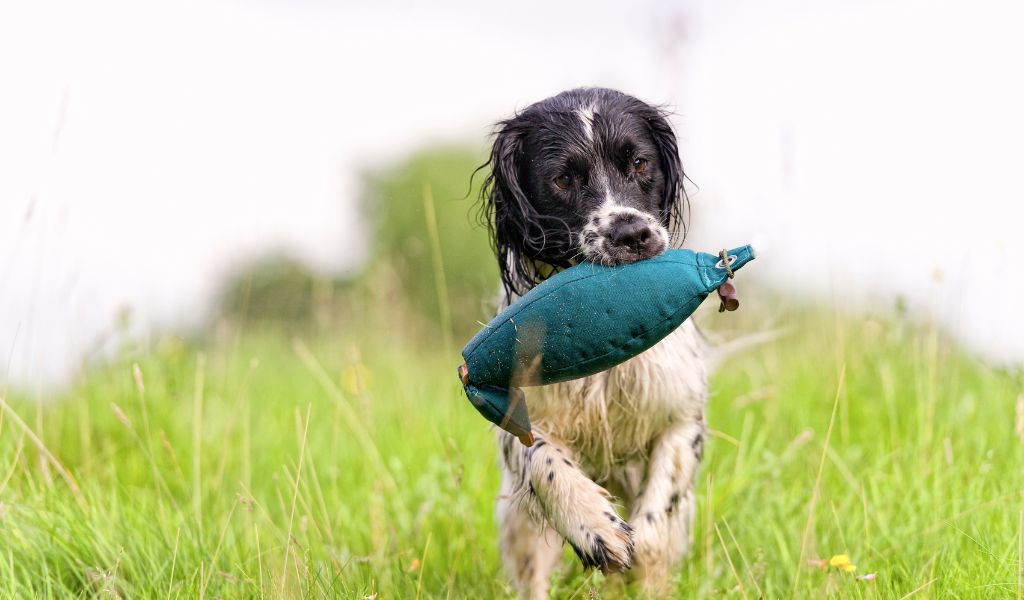
Discover effective Cocker Spaniel gundog training for puppies and working dogs. Whether you’re a seasoned trainer or new to gundogs, our techniques will help.
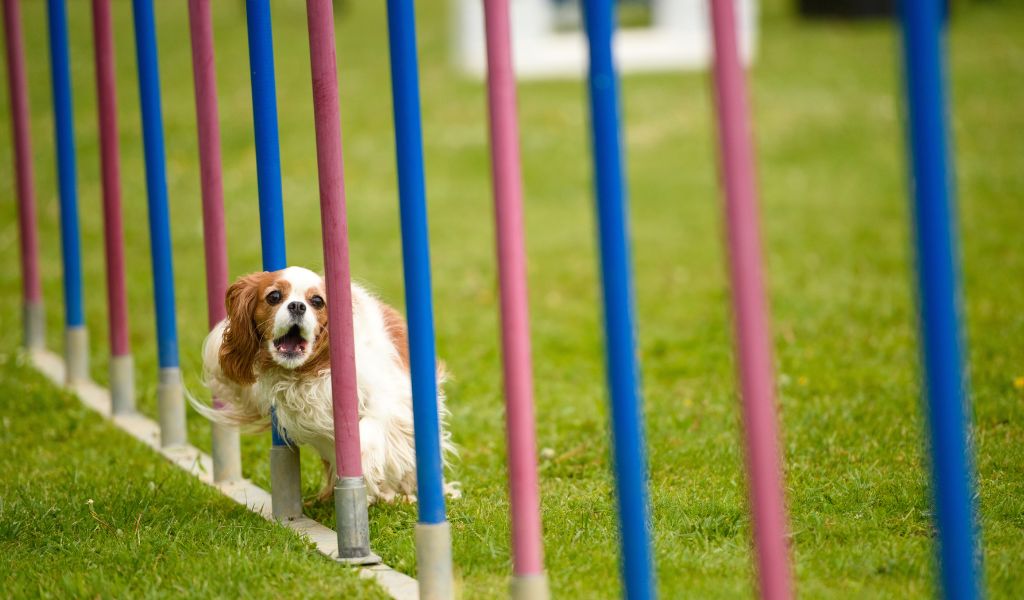
Cavalier King Charles spaniels are intelligent dogs that enjoy and respond well to training.
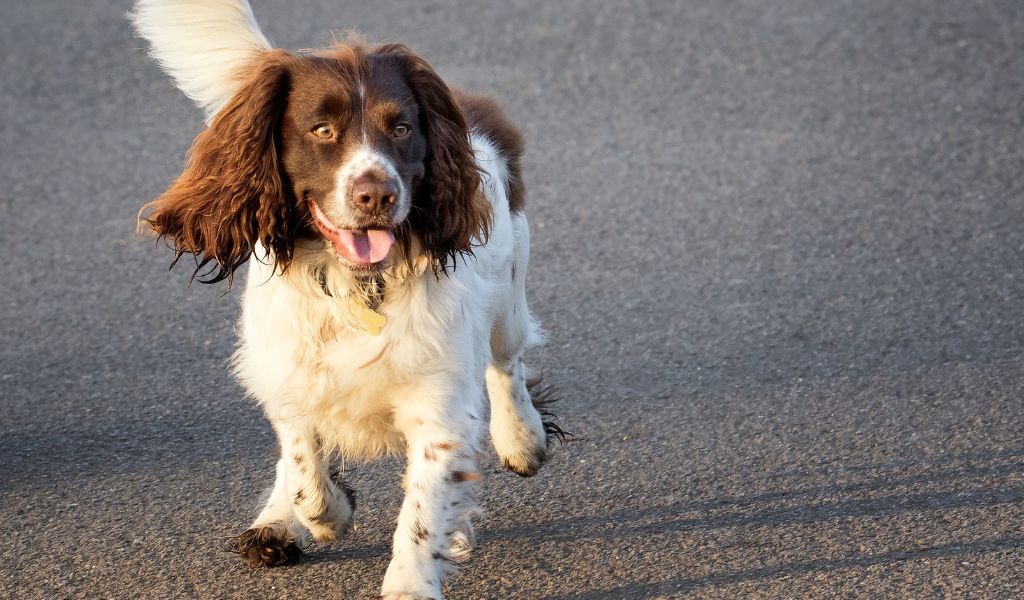
English Springer Spaniels are intelligent dogs that love training and with the right handling will quickly learn.
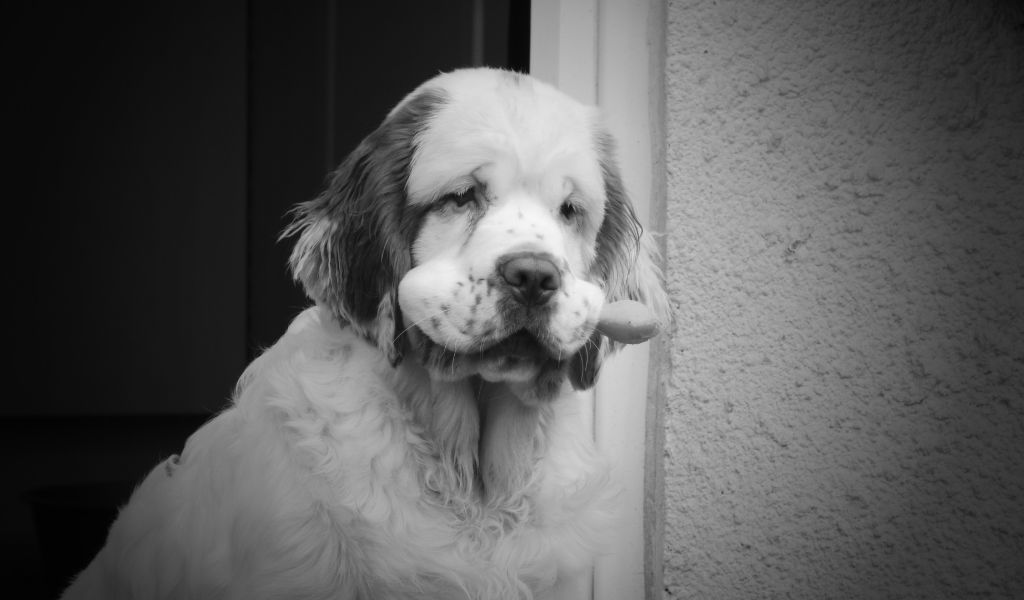
There are many different commands to teach a Clumber Spaniel. These are the most common.
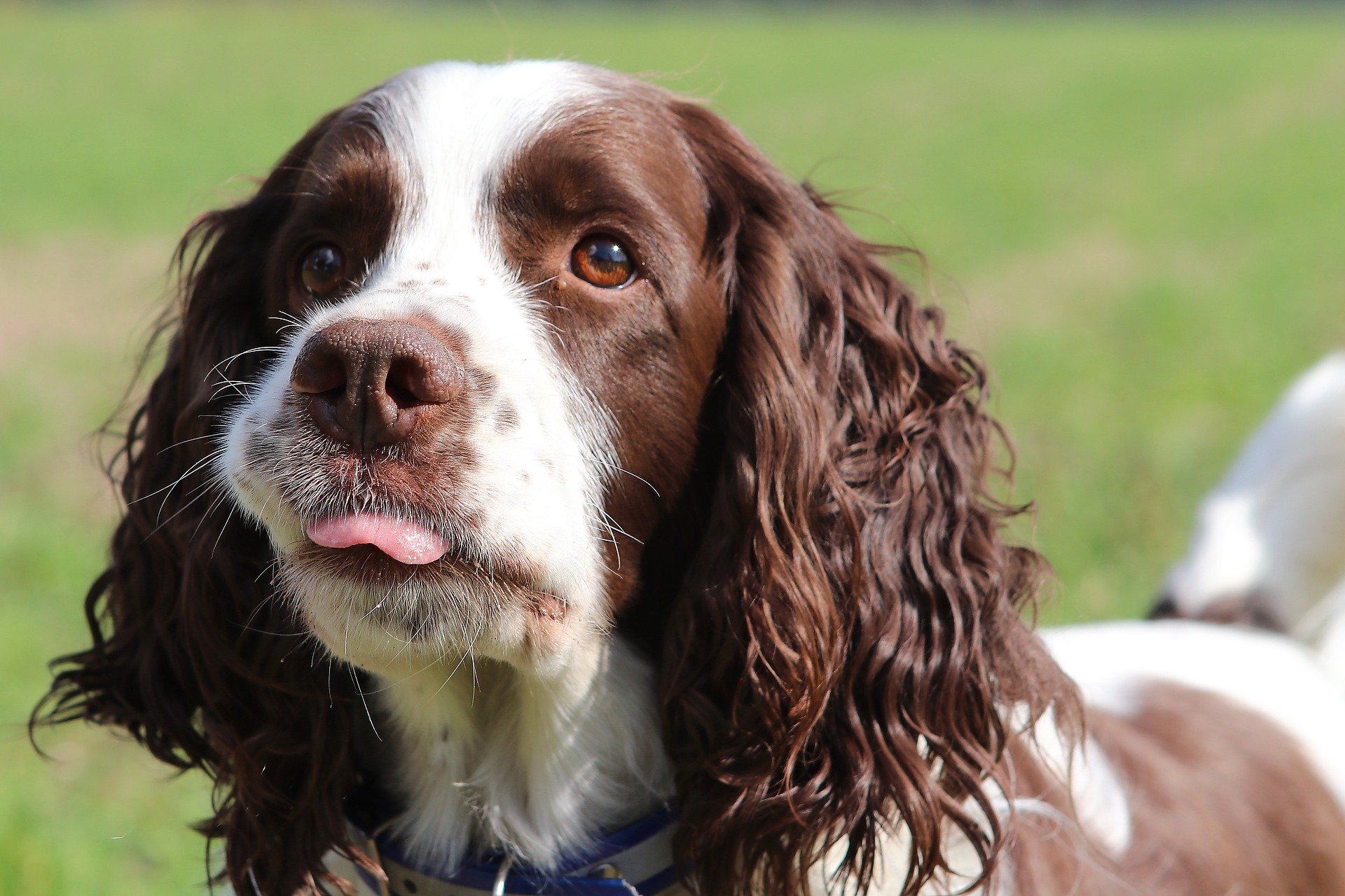
A key aspect of spaniel training is getting your spaniel to stop on the whistle. Let’s take a look at the way to achieve this.
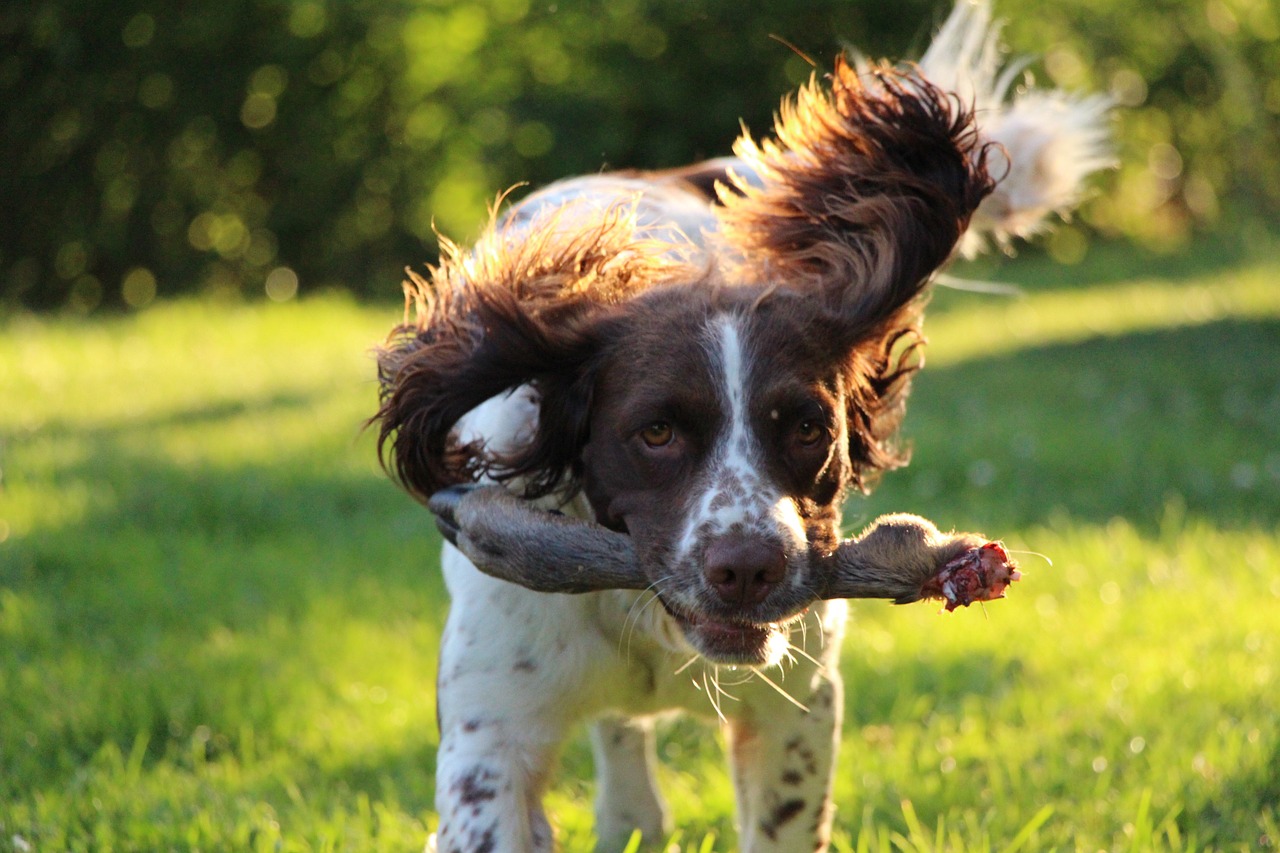
Learn the basics of spaniel training from an expert and set the foundation for a well-behaved, obedient adult dog. With practical tips and insights, you can train your spaniel to a high standard and enjoy the rewards of owning a skilled working dog and loyal companion.

Mental exercise for dogs – The 101 best dog games for more agility, intelligence & fun Are you looking for suitable creative possibilities for activity for your beloved four-legged friend? Games are very important for dogs to stay physically and mentally fit. Your dog can do more than just give paw and needs an optimal…
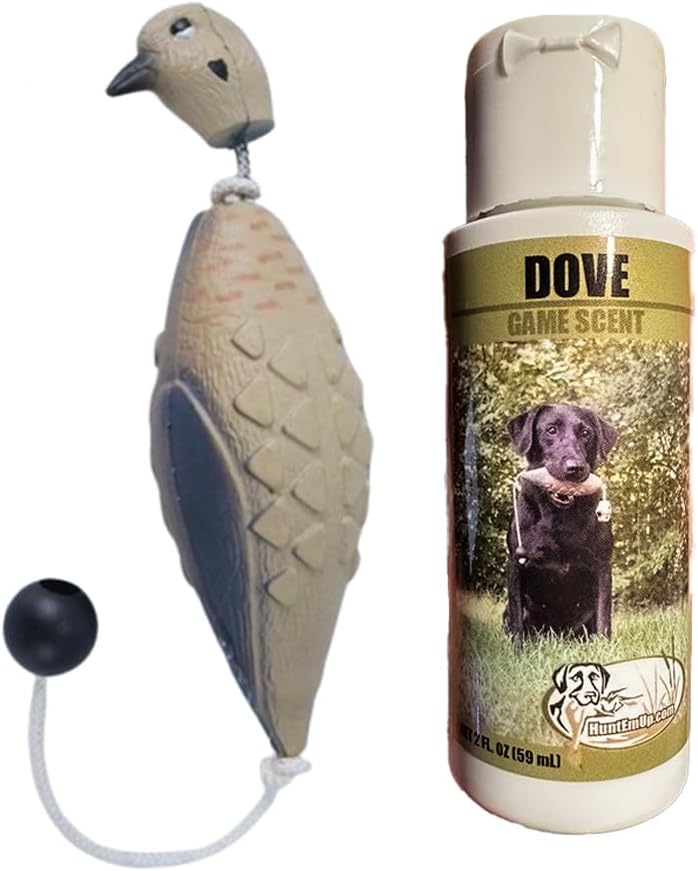
Introducing the HuntEmUp Ultimate Dove Dog Training Scent – the ultimate tool for enhancing your canine companion’s hunting skills. Designed by experts in the field, this premium training scent is a must-have for dedicated trainers and hunting enthusiasts. Our Dove dog training scent is carefully formulated to replicate the distinct scent of dove creating a…

From the manufacturer DOG TRAVEL HARNESS – FROM THE MAKERS OF HALTI: This harness keeps your dog safe and secure, and… Customers say Customers find the car harness comfortable and easy to put on their dogs. The harness fits well and is strong, with one customer noting its secure fastenings. They appreciate its quality and…
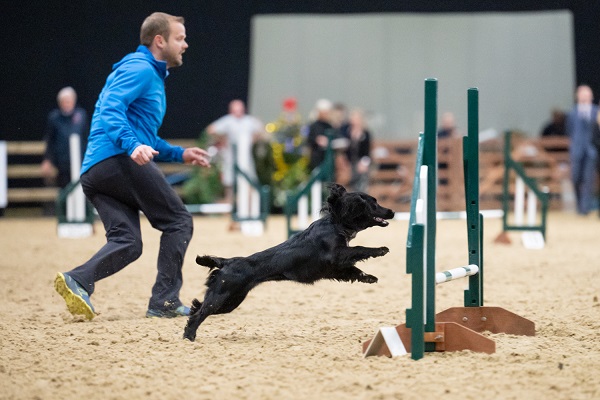
A FISHPONDS dog trainer has won a national agility competition with his youngest trainee. Ian Law and cocker spaniel Zennor – kennel name Kellandbrook Mojito Of Wynfaest – won the Starters Cup Final for small dogs at The London International Horse Show in December. The competition is for dogs new to agility contests, and Ian…
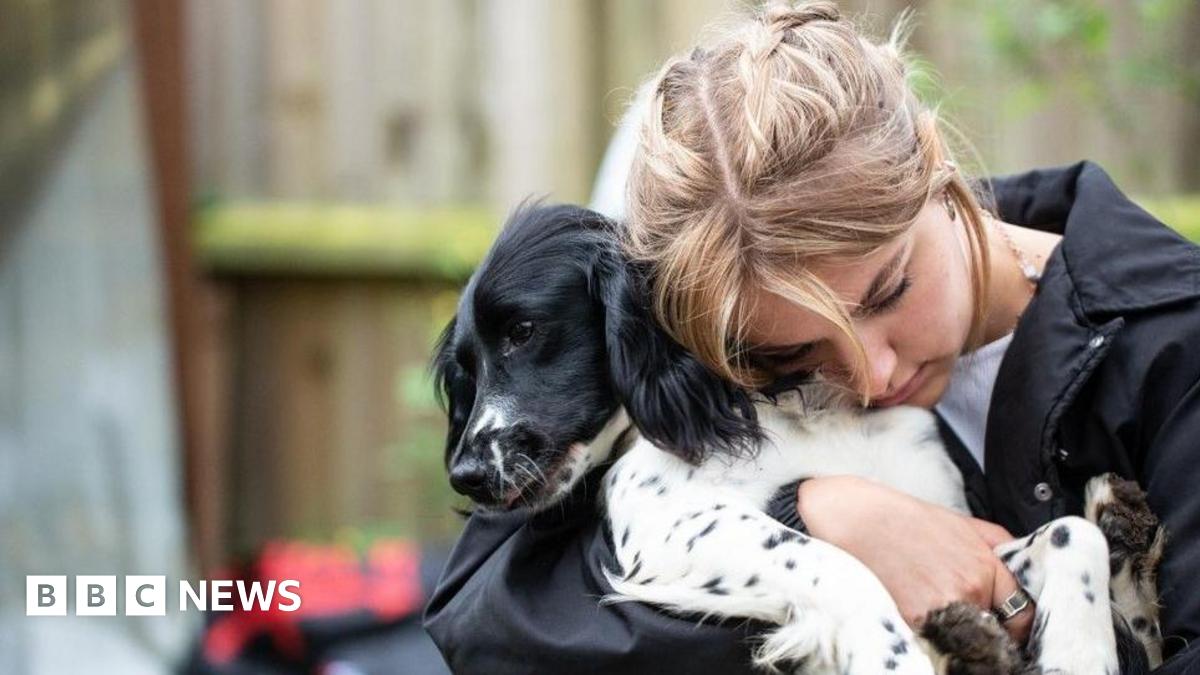
Three puppies have left Britain to prepare for a new life as search and rescue dogs weeks after their mother vanished. Owner Anne-Marie Millard, 57, who runs a kennels in Uggeshall, Suffolk, said two male English Springer Spaniels and one female would be training to work with United Nations (UN) forces. Miss Millward said the…
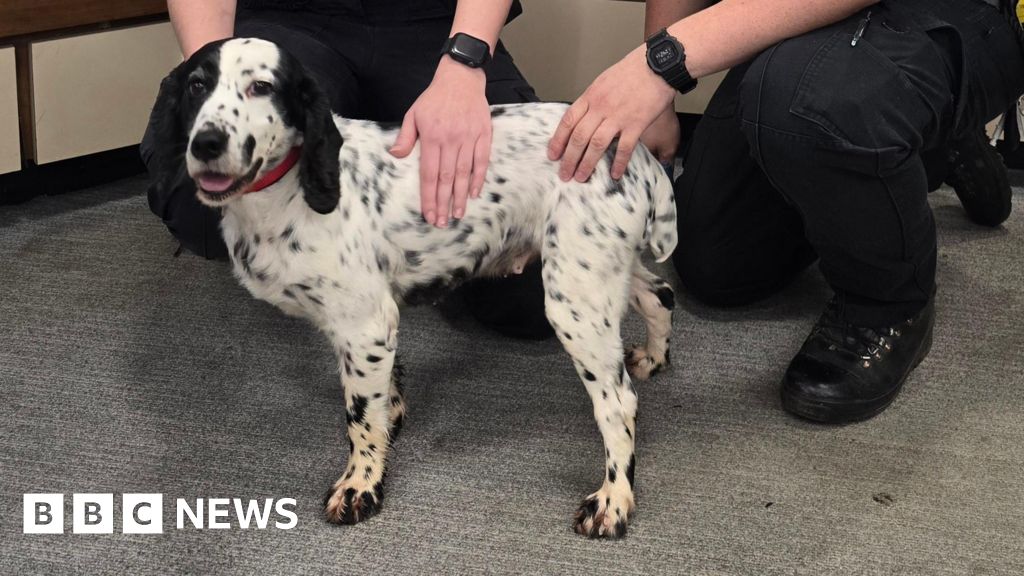
A stolen dog has been reunited with her owners after eight years. One-year-old cocker spaniel Daisy and three other working gun dogs were taken from garden kennels at their home in Mole Valley in Surrey in 2016. Surrey Police was alerted on Tuesday after someone tried to update Daisy’s microchip. PC Laura Rowley, from Mole…
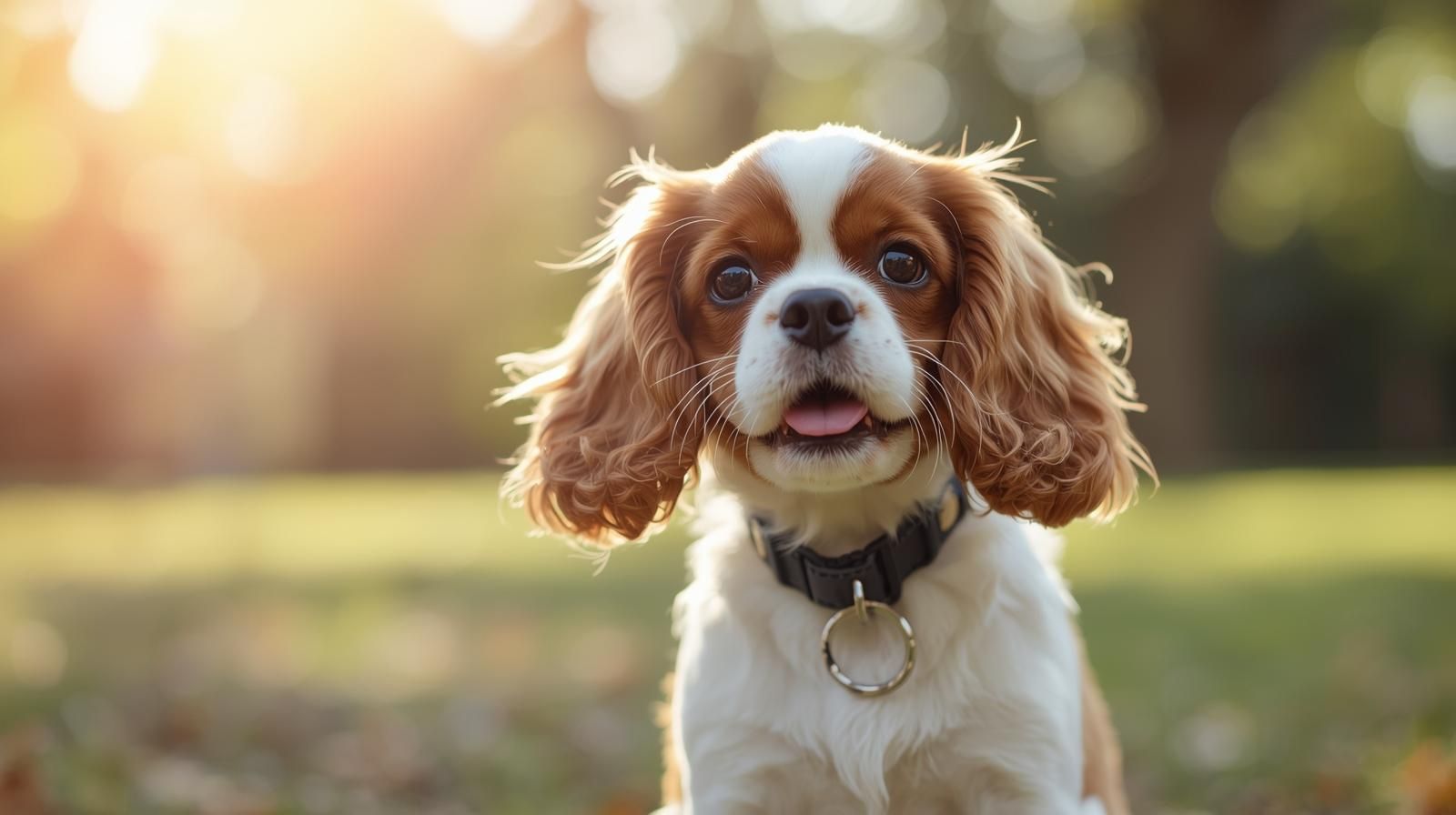
Welcoming a new baby or family member is exciting, but it can be a big adjustment for your Cavalier King Charles Spaniel. With the right preparation, you can help your dog stay calm, secure, and happy. From routine changes to safe spaces and first introductions, discover practical steps to ensure a smooth transition for everyone.
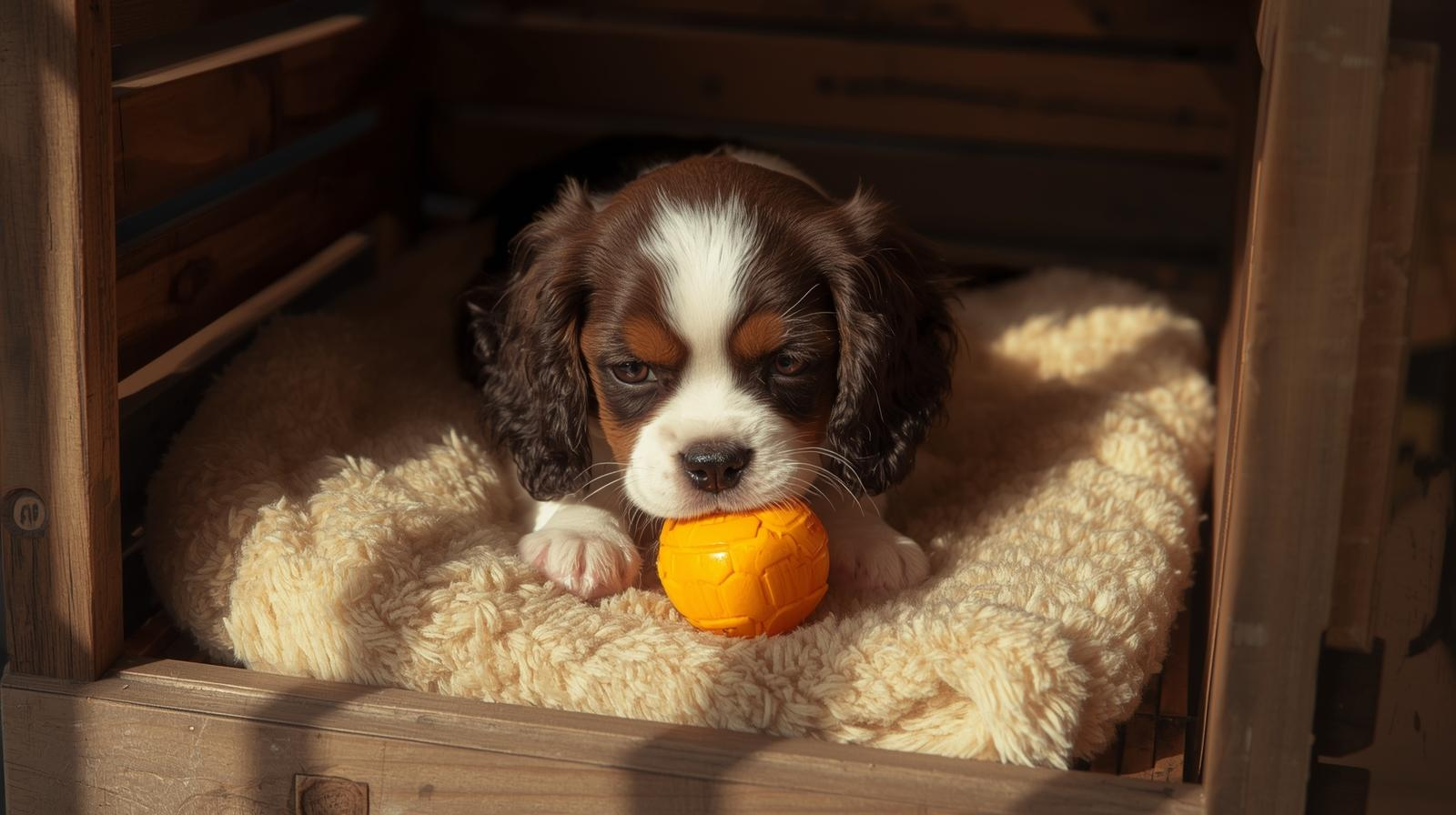
Crate training offers your Cavalier King Charles Spaniel more than just convenience — it provides safety, comfort, and structure. From supporting house training to reducing anxiety and preventing destructive behaviour, a crate can quickly become your Cavalier’s safe haven. Learn how this simple training method can transform daily life for you and your dog.
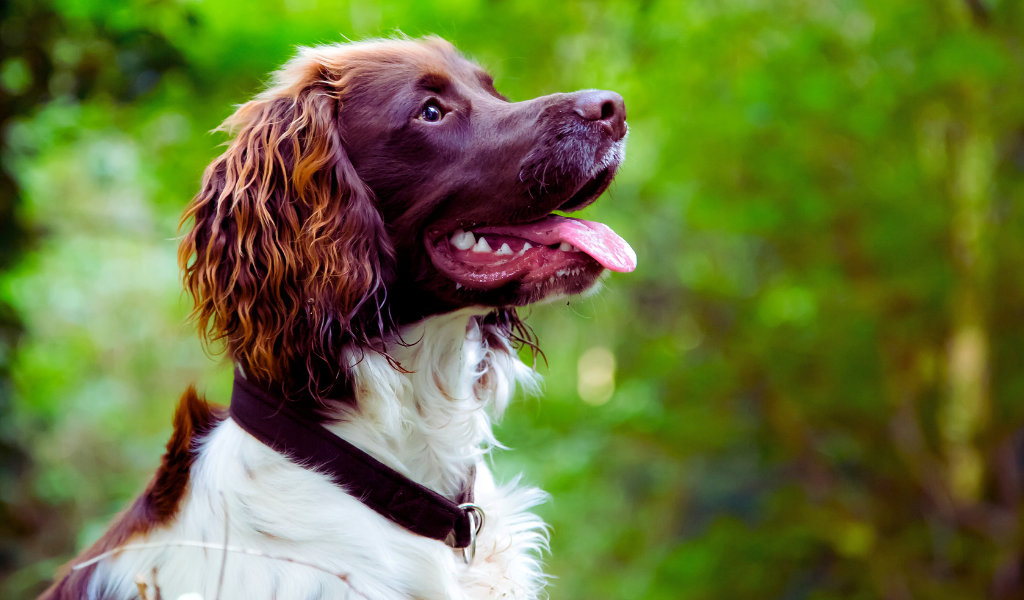
Springer spaniels. Jack of all trades or master of none? Discover if they are good working dogs.
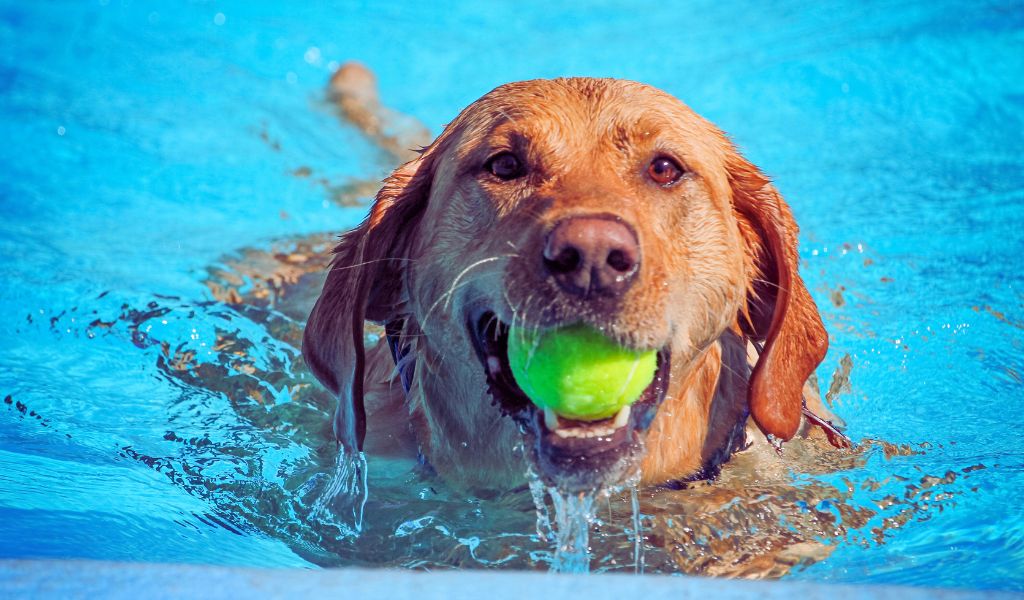
Learn about the safety of letting your dog swim in a chlorine pool. Discover the benefits, potential risks, and preventative measures to ensure a safe and enjoyable swimming experience for your canine companion. Get expert insights and tips for the best experience.
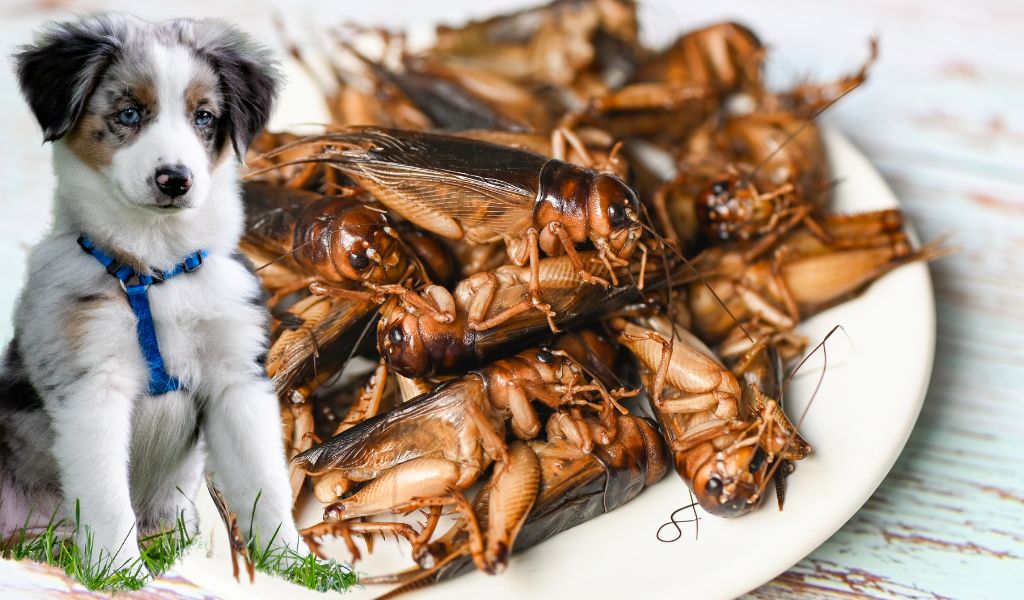
Discover the benefits of insect-based dog food, a sustainable, nutritious, and hypoallergenic alternative to traditional pet food. Learn how it supports canine health and reduces environmental impact.

Discover how dogs find their way home using their exceptional sense of smell, hearing, visual cues, and possibly an innate magnetic sense. Learn about scientific studies, breed differences, and practical tips to enhance your dog’s navigation skills.